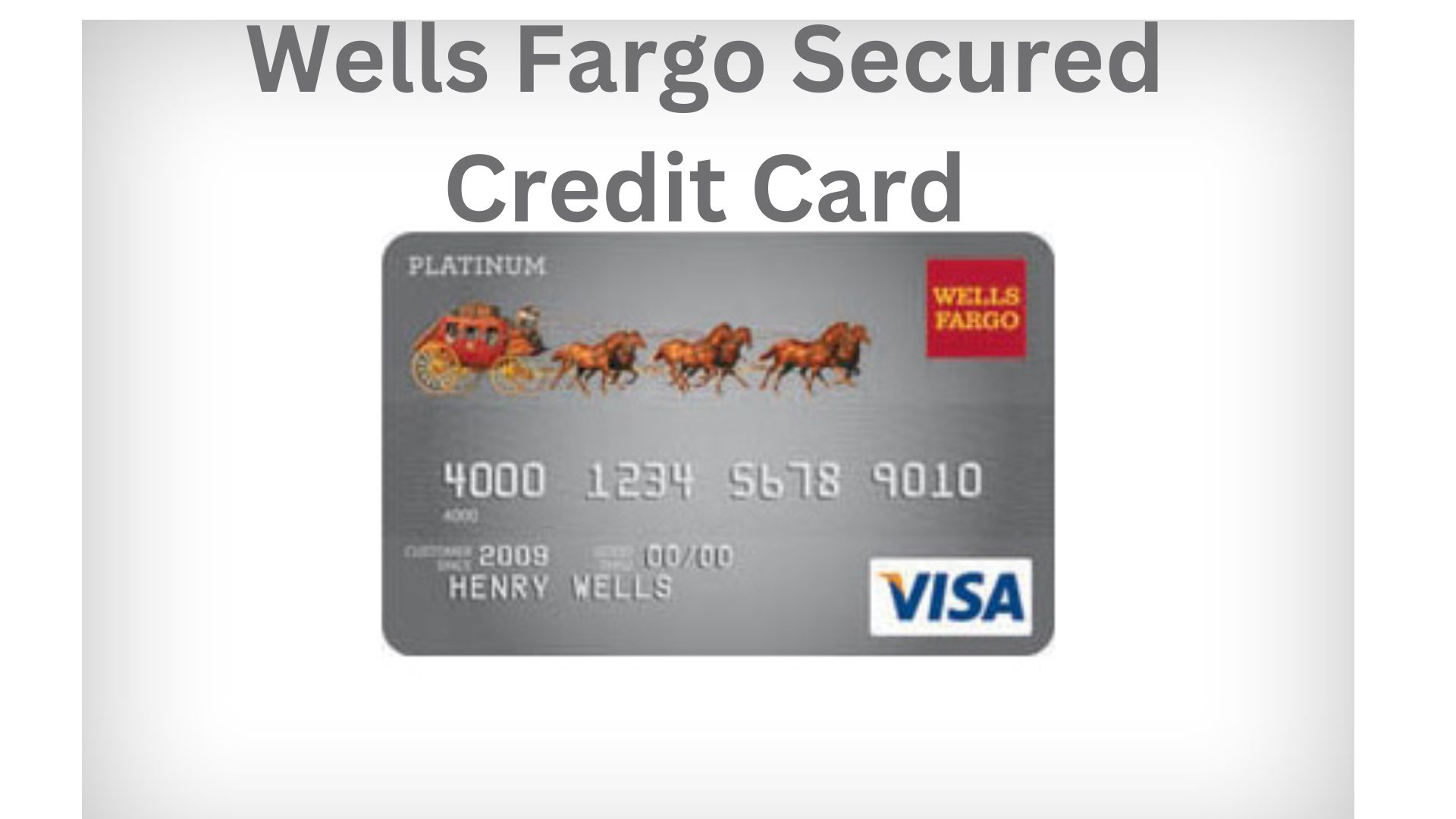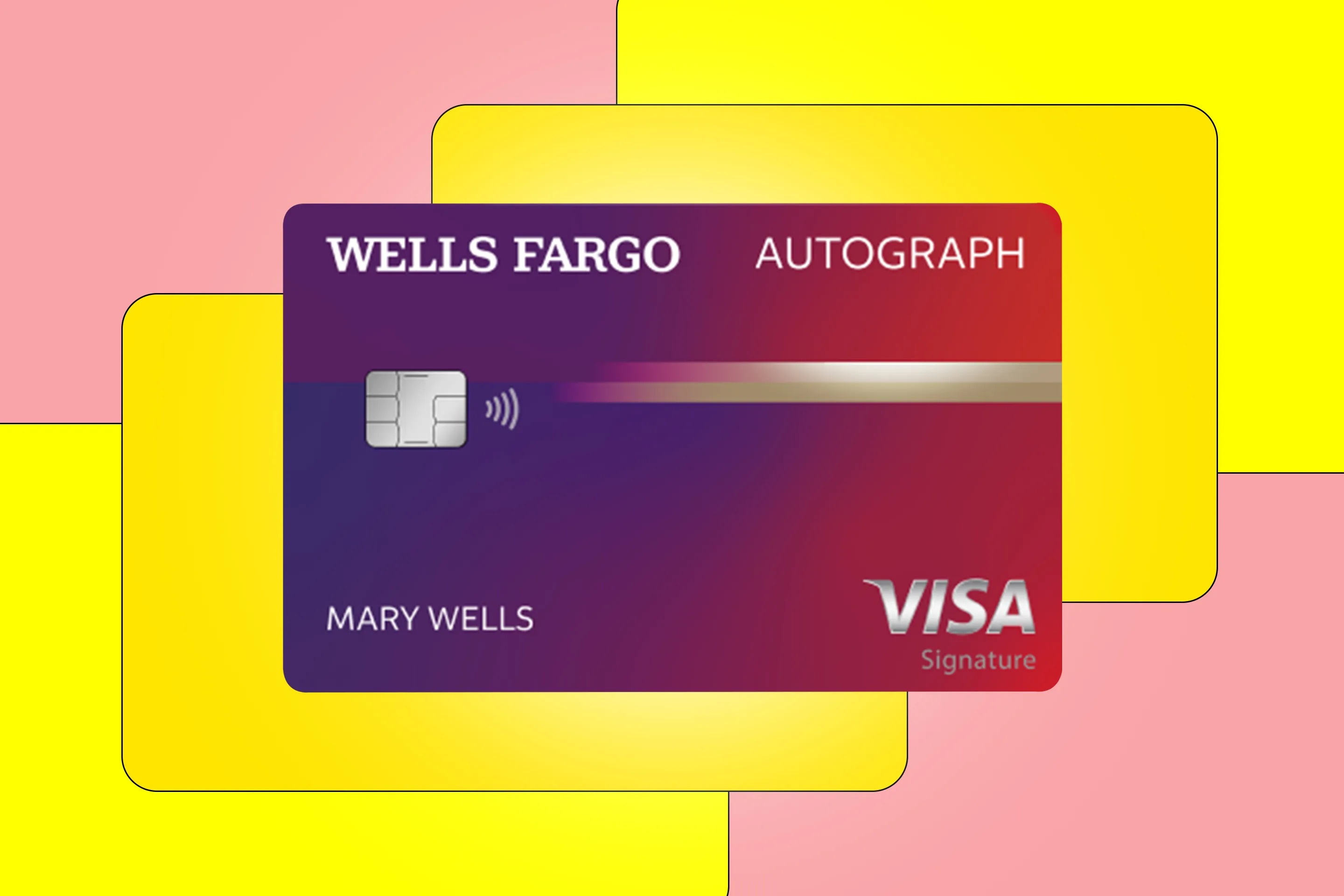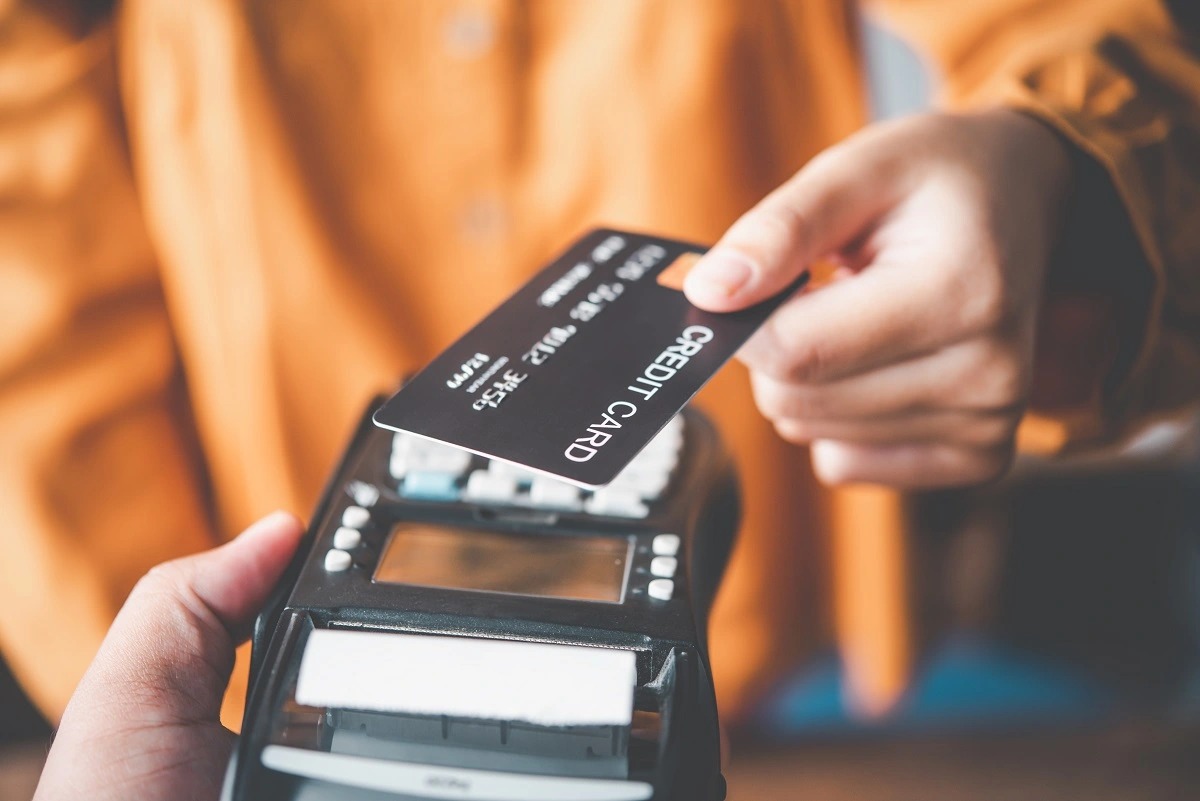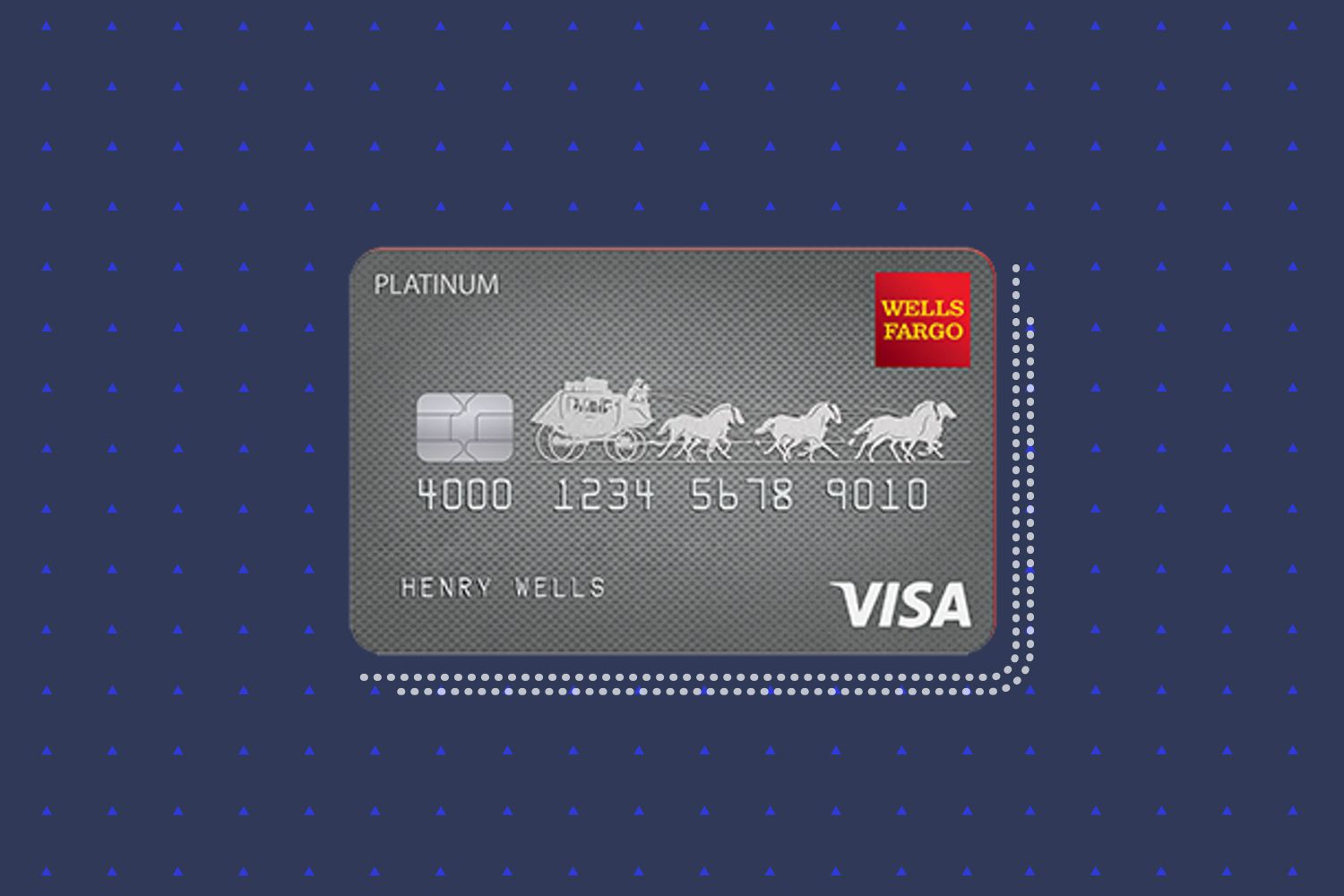Home>Finance>How To Request Wells Fargo To Upgrade Secured Card To Unsecured
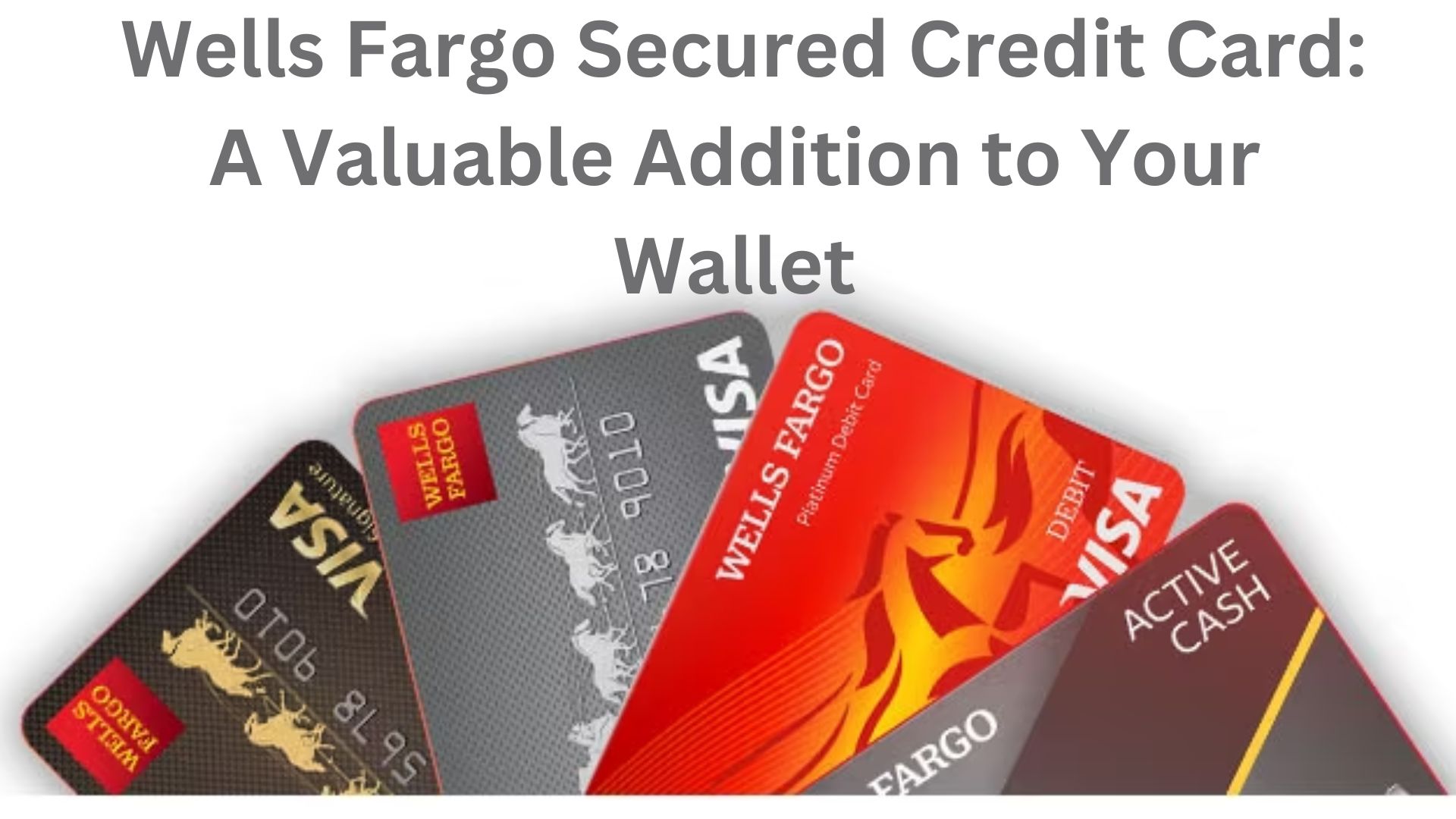

Finance
How To Request Wells Fargo To Upgrade Secured Card To Unsecured
Published: March 1, 2024
Learn how to request Wells Fargo to upgrade your secured card to unsecured. Improve your credit and financial standing with this simple finance tip.
(Many of the links in this article redirect to a specific reviewed product. Your purchase of these products through affiliate links helps to generate commission for LiveWell, at no extra cost. Learn more)
Table of Contents
Introduction
Understanding the Secured Card
A secured credit card is a financial tool that enables individuals with limited or damaged credit to build or rebuild their credit history. It requires a cash deposit as collateral, which typically determines the card’s credit limit. This deposit reduces the risk for the card issuer, making it easier for individuals with poor or no credit to qualify. Secured cards function similarly to traditional credit cards, allowing cardholders to make purchases, build credit, and establish responsible payment habits. However, unlike unsecured cards, secured cards require an initial deposit and may have higher interest rates and fees.
Secured cards are valuable for those who are new to credit, have a limited credit history, or are working to improve their credit score. They serve as a stepping stone toward obtaining an unsecured credit card and accessing higher credit limits and better terms. Understanding the features and benefits of secured cards is crucial for individuals looking to strengthen their financial standing and transition to unsecured credit options.
Understanding the Secured Card
A secured credit card is a financial tool that enables individuals with limited or damaged credit to build or rebuild their credit history. It requires a cash deposit as collateral, which typically determines the card’s credit limit. This deposit reduces the risk for the card issuer, making it easier for individuals with poor or no credit to qualify. Secured cards function similarly to traditional credit cards, allowing cardholders to make purchases, build credit, and establish responsible payment habits. However, unlike unsecured cards, secured cards require an initial deposit and may have higher interest rates and fees.
Secured cards are valuable for those who are new to credit, have a limited credit history, or are working to improve their credit score. They serve as a stepping stone toward obtaining an unsecured credit card and accessing higher credit limits and better terms. Understanding the features and benefits of secured cards is crucial for individuals looking to strengthen their financial standing and transition to unsecured credit options.
Understanding the Secured Card
A secured credit card is a financial tool that enables individuals with limited or damaged credit to build or rebuild their credit history. It requires a cash deposit as collateral, which typically determines the card’s credit limit. This deposit reduces the risk for the card issuer, making it easier for individuals with poor or no credit to qualify. Secured cards function similarly to traditional credit cards, allowing cardholders to make purchases, build credit, and establish responsible payment habits. However, unlike unsecured cards, secured cards require an initial deposit and may have higher interest rates and fees.
Secured cards are valuable for those who are new to credit, have a limited credit history, or are working to improve their credit score. They serve as a stepping stone toward obtaining an unsecured credit card and accessing higher credit limits and better terms. Understanding the features and benefits of secured cards is crucial for individuals looking to strengthen their financial standing and transition to unsecured credit options.
Benefits of Upgrading to an Unsecured Card
Upgrading from a secured credit card to an unsecured one offers numerous advantages for cardholders. Unsecured cards typically have lower fees and interest rates, higher credit limits, and may provide rewards programs, cashback incentives, and other perks. By transitioning to an unsecured card, individuals can potentially improve their credit score and financial flexibility.
One of the primary benefits of upgrading to an unsecured card is the potential for a refund of the initial security deposit. When a secured card is upgraded or converted to an unsecured card, the card issuer may return the deposit to the cardholder, effectively releasing the collateral and converting the card to a traditional unsecured credit card. This not only frees up the deposited funds but also signifies a significant milestone in the cardholder’s credit journey.
Furthermore, unsecured cards often come with enhanced purchasing power, allowing cardholders to make larger transactions and access a broader range of financial opportunities. The transition to an unsecured card demonstrates financial progress and responsible credit management, which can positively impact creditworthiness and open doors to better loan terms, mortgage rates, and other financial products in the future.
Additionally, unsecured cards frequently offer more attractive rewards programs and benefits, such as travel miles, cashback incentives, and purchase protection. These perks can provide tangible financial advantages and enhance the overall credit card experience for individuals who have demonstrated responsible credit usage and are ready to access more favorable card terms.
Eligibility for Upgrading
Before requesting an upgrade from a secured credit card to an unsecured one, it’s essential to understand the eligibility criteria set forth by the card issuer. While specific requirements may vary among financial institutions, several common factors determine a cardholder’s eligibility for an upgrade.
First and foremost, demonstrating responsible credit management is crucial for qualifying for an upgrade. This includes consistently making on-time payments, keeping credit utilization low, and managing other credit accounts prudently. Cardholders who exhibit sound financial behavior and responsible credit usage are more likely to be considered for an upgrade to an unsecured card.
Another key factor in determining eligibility is the cardholder’s credit score and overall creditworthiness. Card issuers typically review the cardholder’s credit history, credit score, and financial standing to assess their suitability for an unsecured card. A history of timely payments, responsible credit utilization, and an improved credit score can significantly bolster the likelihood of qualifying for an upgrade.
Furthermore, some card issuers may have specific requirements regarding the duration of the cardholder’s secured card usage before they become eligible for an upgrade. This period allows the issuer to evaluate the cardholder’s credit management over time and assess their readiness for an unsecured card.
It’s important to note that each financial institution has its own policies and procedures for upgrading secured cards, and cardholders should familiarize themselves with the issuer’s specific eligibility criteria. Some issuers may proactively review secured card accounts for potential upgrades, while others require cardholders to initiate the upgrade process by submitting a formal request.
By understanding the eligibility requirements for upgrading to an unsecured card, cardholders can proactively work toward meeting the necessary criteria and positioning themselves for a successful transition to a traditional unsecured credit card.
Steps to Request an Upgrade
Requesting an upgrade from a secured credit card to an unsecured one involves several essential steps to initiate the transition. By following these steps, cardholders can convey their readiness for an unsecured card and demonstrate their responsible credit management to the card issuer.
- Evaluate Eligibility: Before initiating the upgrade process, cardholders should assess their eligibility for an unsecured card based on factors such as credit history, credit score, and financial responsibility. Understanding the issuer’s eligibility criteria is crucial in determining readiness for an upgrade.
- Contact the Card Issuer: Reach out to the card issuer’s customer service department through the designated communication channels, such as phone, email, or online account messaging. Inquire about the possibility of upgrading the secured card to an unsecured one and request information on the issuer’s specific upgrade procedures and requirements.
- Submit a Formal Request: If the card issuer offers the option to request an upgrade, follow the designated process to submit a formal request. This may involve completing a request form, providing updated financial information, and consenting to a credit review to assess eligibility for an unsecured card.
- Provide Updated Financial Details: Cardholders may be required to furnish updated financial details, such as income verification and employment information, to support their request for an unsecured card. This information helps the issuer evaluate the cardholder’s financial stability and capacity to manage an unsecured credit line.
- Follow Up Proactively: After submitting the upgrade request, proactively follow up with the card issuer to inquire about the status of the request. This demonstrates the cardholder’s commitment to the upgrade process and allows for timely communication regarding any additional documentation or information required.
By diligently following these steps and communicating effectively with the card issuer, cardholders can navigate the upgrade process smoothly and position themselves for a successful transition to an unsecured credit card. It’s essential to remain proactive and responsive throughout the upgrade request to convey a strong commitment to responsible credit management and financial progress.
Following Up on Your Request
After submitting a request to upgrade a secured credit card to an unsecured one, it’s important for cardholders to proactively follow up with the card issuer to track the progress of their request and ensure that all necessary steps are being taken to facilitate the upgrade process. Effective communication and timely follow-ups can help expedite the review and decision-making process, providing clarity and transparency regarding the status of the upgrade request.
Here are essential steps to consider when following up on an upgrade request:
- Confirm Receipt of Request: Upon submitting the upgrade request, cardholders should seek confirmation from the card issuer regarding the receipt of their formal request. This confirmation helps ensure that the request has been successfully documented and entered into the issuer’s review and decision-making pipeline.
- Request Status Updates: Proactively inquire about the status of the upgrade request at regular intervals, adhering to the issuer’s recommended communication channels. This can be done through phone calls, secure messaging on the issuer’s online portal, or email correspondence. Requesting status updates demonstrates the cardholder’s commitment to the upgrade process and allows for timely intervention if additional information or documentation is needed.
- Provide Additional Information Promptly: If the card issuer requests supplementary documentation or updated financial details to support the upgrade request, promptly provide the requested information. Timely responsiveness can expedite the review process and showcase the cardholder’s cooperation and readiness for an unsecured card.
- Clarify Any Misunderstandings: In the event of any misunderstandings or discrepancies related to the upgrade request, proactively engage with the card issuer to address and clarify any issues. Clear and transparent communication can help resolve potential obstacles and ensure that the upgrade request progresses smoothly.
- Express Commitment to Responsible Credit Management: Throughout the follow-up process, reaffirm the commitment to responsible credit management and financial progress. Emphasize the efforts made to improve creditworthiness and the desire to transition to an unsecured credit card as a testament to responsible financial behavior.
By actively following up on the upgrade request and maintaining open lines of communication with the card issuer, cardholders can demonstrate their dedication to the upgrade process and position themselves for a successful transition to an unsecured credit card. Effective follow-up practices can facilitate a transparent and collaborative approach to the upgrade process, ultimately contributing to a positive outcome for the cardholder.
Conclusion
The journey from a secured credit card to an unsecured one represents a significant milestone in an individual’s financial growth and credit management. Understanding the nuances of secured cards, the benefits of transitioning to an unsecured card, and the eligibility criteria for upgrades is essential for individuals seeking to strengthen their credit profile and access more favorable financial products.
By responsibly managing a secured credit card, individuals can lay the groundwork for a successful transition to an unsecured card. Demonstrating prudent financial behavior, maintaining a positive credit history, and proactively engaging with the card issuer can significantly enhance the likelihood of qualifying for an upgrade. Moreover, the potential for a refund of the initial security deposit and access to higher credit limits and enhanced card benefits serve as compelling incentives for pursuing an upgrade.
Throughout the upgrade process, effective communication, proactive follow-ups, and a genuine commitment to responsible credit management play pivotal roles in conveying readiness for an unsecured card. By adhering to the steps outlined for requesting an upgrade and diligently following up with the card issuer, individuals can navigate the upgrade process with confidence and determination.
Ultimately, the transition from a secured credit card to an unsecured one signifies financial progress, improved creditworthiness, and expanded opportunities for accessing credit and financial services. It underscores the cardholder’s dedication to responsible credit usage and serves as a testament to their commitment to achieving long-term financial stability.
As individuals embark on the path toward an unsecured credit card, they should remain proactive, informed, and steadfast in their pursuit of financial empowerment. The transition to an unsecured card marks a significant achievement, reflecting the cardholder’s dedication to building a solid credit foundation and embracing the possibilities of a brighter financial future.
